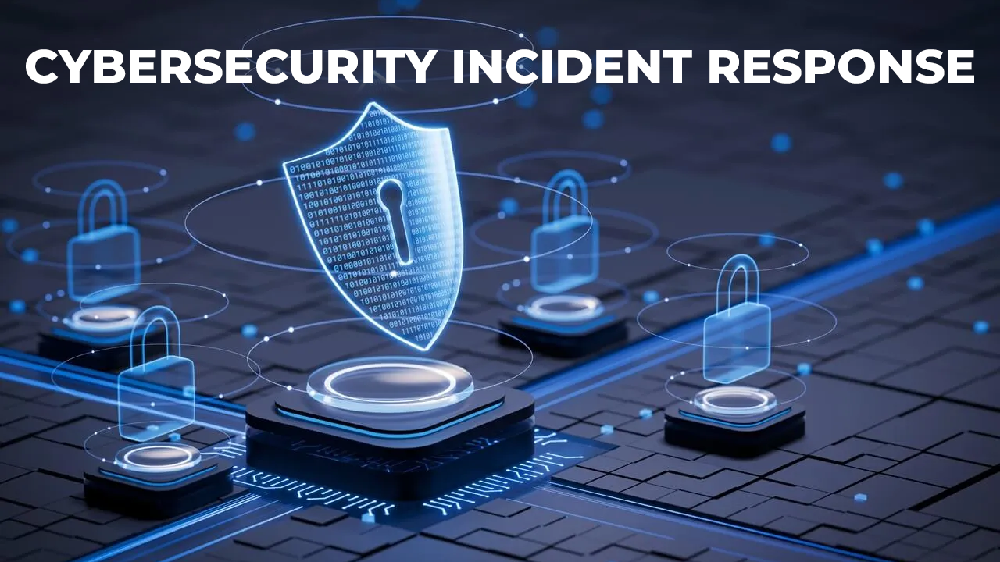The MSP's Handbook: Mastering the 5-Stage Cybersecurity Incident Response Lifecycle.
A practical handbook for businesses on what to do before, during, and after a cyber incident.
In today's digital landscape, the question for any business isn't if you'll face a cyber incident, but when. While the reality may spark chaos, this guide will help you respond with clarity and resilience.
1. Before the Storm: The Importance of Preparation
Preparation is your strongest shield against chaos. Here's how to get ready:
Incident Response Plan (IRP)
- Documented procedures, roles, communication protocols
- Contact lists (internal, legal, PR, MSPs, law enforcement)
Assemble Your Incident Response Team
If internal resources are scarce, an outsourced security partner (like MAGN Intel) can serve as your Incident Manager and Technical Lead.
Tools & Technology Readiness
- Endpoint Detection & SIEM
- Immutable, offsite backups
- Secure remote access
Training & Drills
Conduct tabletop exercises or breach simulations regularly.
Legal & Insurance Check
Be aware of notification laws and know your cyber insurance terms.
2. The Alarm Rings: Detection & Analysis
Recognize the Signs
- Ransom notes, locked files, blocked accounts
- Unusual traffic or antivirus alerts
Initial Triage & Confirmation
Verify the alert and define the scope of the breach.
Forensic Readiness
Preserve evidence: screenshots, logs, isolate but don’t wipe systems.
3. Stopping the Bleeding: Containment
Immediate Actions
- Isolate infected systems
- Disable accounts, block malicious IPs
Short-term vs Long-term Containment
- Short-term: Quarantine infected machines
- Long-term: Firewall reconfiguration, vulnerability patching
Prioritization
MAGN Intel's dedicated L3 Cloud Security Engineers can be instantly deployed to isolate threats and perform deep forensic analysis when your core team is overwhelmed.
4. Cleaning Up & Getting Back Online: Eradication & Recovery
Eradication
Remove all threats completely: malware, backdoors, compromised accounts.
System Restoration
- Use clean backups or rebuild from scratch
- Apply all patches and secure configurations
Validation
Test all systems thoroughly, run security scans before full restoration.
5. Learning from Experience: Post-Incident Analysis
Lessons Learned Meeting
- What happened?
- What worked, what didn’t?
- Gaps in your IRP?
MAGN Intel helps you formalize the post-mortem to identify patterns across your client base and deploy scalable, proactive fixes.
Update Policies
Refine your IRP, security posture, and controls.
Communication & Compliance
Report to regulators and inform your team.
Enhance Defenses
Train teams, upgrade tools, improve detection and prevention systems.

